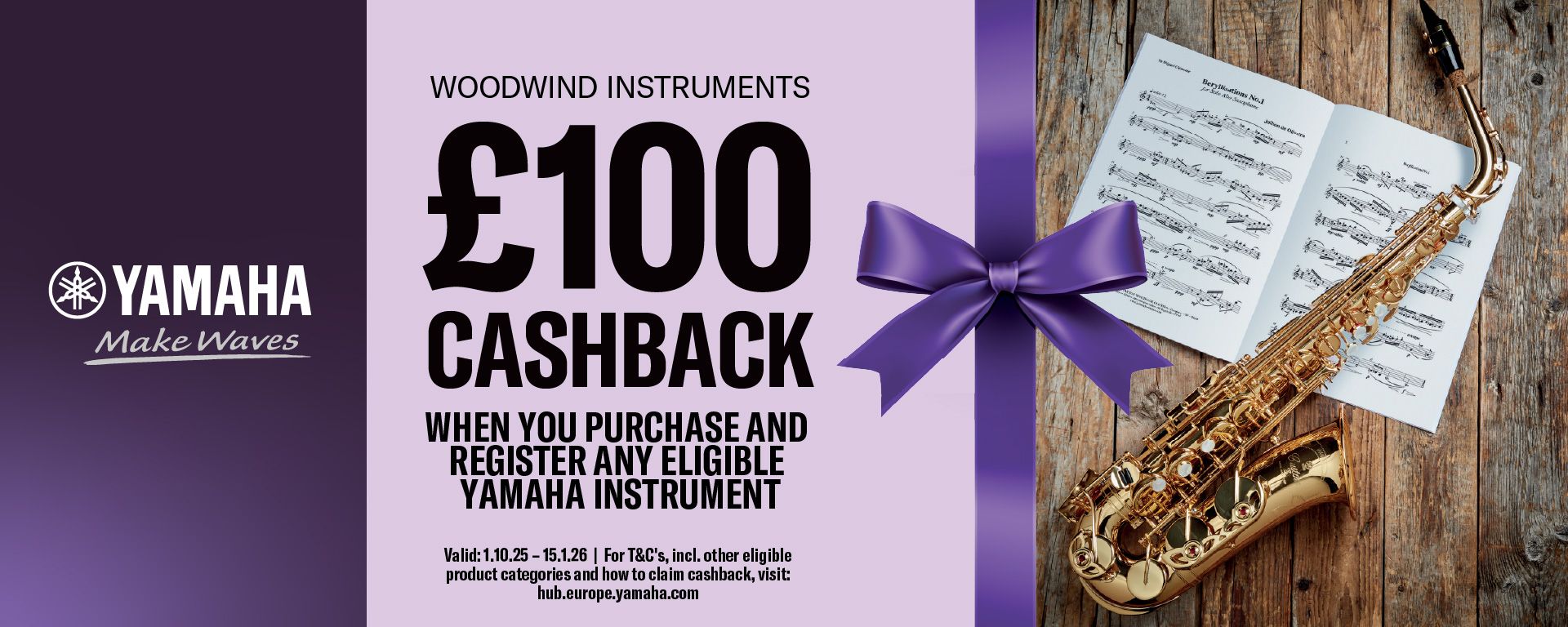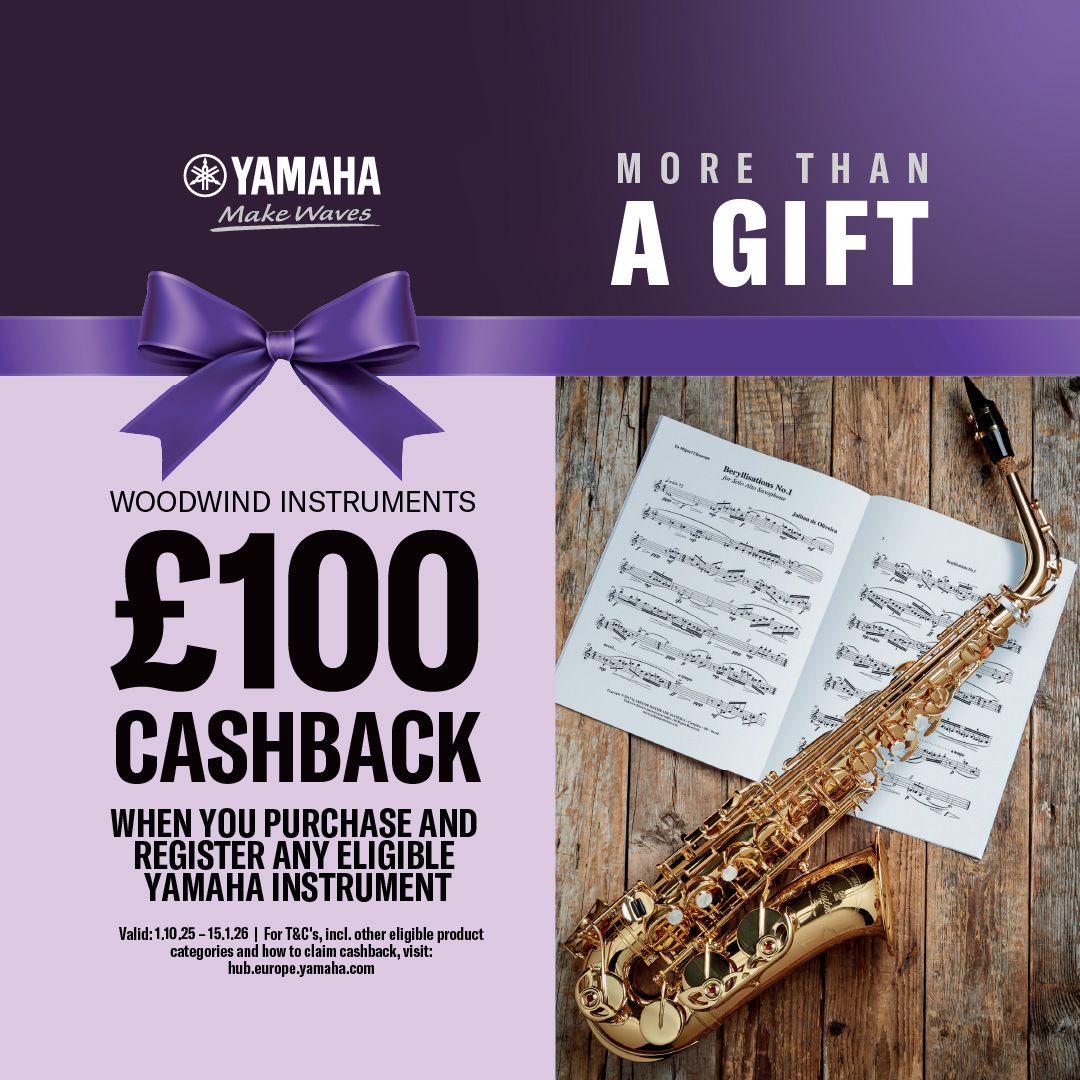Concertstück arranged for Flute and Piano
- Highly recommended
From the Publisher
On October 7th, 1893 Tchaikovsky wrote to his friend and cellist Iulian Poplavski, " I have the concerto for flute ready in my mind and it will be for the flute of Taffanel". Rampal had spoken of having seen the work in Russia but was denied access to a copy.
James Strauss' conflation required some reconstruction but the work is now complete. This is a major addition to the repertoire.
Foreword by James Strauss...
For years, many flutists have heard stories about the existence of a flute concerto by Tchaikovsky. The Concertstück was composed in 1893, the same year that Tchaikovsky composed the Symphony in b minor, later titled Symphony Pathetique by his brother Modeste. The last movement, “adagio lamentoso”, has been considered Tchaikovsky’s Requiem, however it may be that the Flute Concerto postdated this great symphony. 1893 was a productive year for Tchaikovsky, who presented himself as conductor and composer to audiences in Switzerland, France and Belgium. In June 1893, he received the title of Doctor Honoris Causa conferred by Cambridge University. At the same occasion, Saint-Saens and Arigo Boito received honorary degrees. On June 20th, Tchaikovsky wrote to his friend and journalist, Léonce Détroyat (1829-1898) about his future plans: “Dear Leonce, I have made many promises of writing concerts for piano, violin, cello and flute for many famous performers and two of them in Paris, Taffanel and Diémer. (letter No 3598).
On October 7th he told his friend and violoncellist Iulian Poplavski, “I have the concert for flute ready in my mind and it will be for the flute of Taffanel...” On October 28th he directed the première of the “Symphony Pathetique” without much success. Shortly after that, on November 6, 1893, Tchaikovsky died in mysterious circumstances. There are two versions of his death: death due to cholera or suicide. Whatever was the cause, a national day of mourning was decreed in Russia. More than 8000 people accompanied the procession to his final resting place, the Alexander Nevsky Monastery in St. Petersburg. In January 1998, Jean Pierre Rampal enthusiastically told me about Tchaikovsky’s concert for flute, saying that he had almost had access to it. Furious at being prohibited access to the manuscript while in Moscow, he asserted: “It is absurd that [the concerto], would be hidden from the world. It is ridiculous to hide such a discovery!” Rampal confided to me that copies of the concerto were both in St. Petersburg and in Moscow. So then I began my search. Following some tips, I came to a family in St. Petersburg who had some 19th Century manuscripts and sketches of an unknown author with the title “Concertstuck dle flet”. After much negotiation, I was only allowed to hand copy that manuscript. The manuscript contained 20 complete bars, a space and 14 more bars and the beginning of a “cadenza” to the first movement. After looking once again at sketches which were included in the manuscript of the Symphony Pathetique, I became convinced that these sketches included parts of the third movement of the Concertstuck, consisting of some 57 bars, with many incomplete corrections. After returning to my home in Finland, I began to suspect that the "Concertstuck" was an elaborated version of an introduction and allegro for 2 flutes and strings which dates from 1864. At that time Tchaikovsky himself was a flutist. At this point I used the piece as a model to re-assemble the manuscript with a certain degree of success. Then in 2000, I found a second source for the flute’s part. I found sheet music for flute from the 19th century originating from Russia, which had belonged to Theodor Wateerstra, a flutist in St. Petersburg. Amongst the Ciardi, Kölher, Serov, Alaibiev, was a flute part with the Cyrillic title “Concertstuck dle Flet”.
The allegro vivace, (Mvt.3) was different from the part which I had rebuilt – more variations and embellishments - however I only added and followed the original orchestra.
Our Description
Also available for Flute and Strings
Item Details
Our Stock Code: 903462Instrumentation
- Part 1: Flute
- Part 2: Piano
Category: Romantic Flute and Piano Music
Publisher: Falls House Press
Publisher's reference: FH0328
Media Type: Paperback
Country of Origin: USA
HS Code: 49040000

